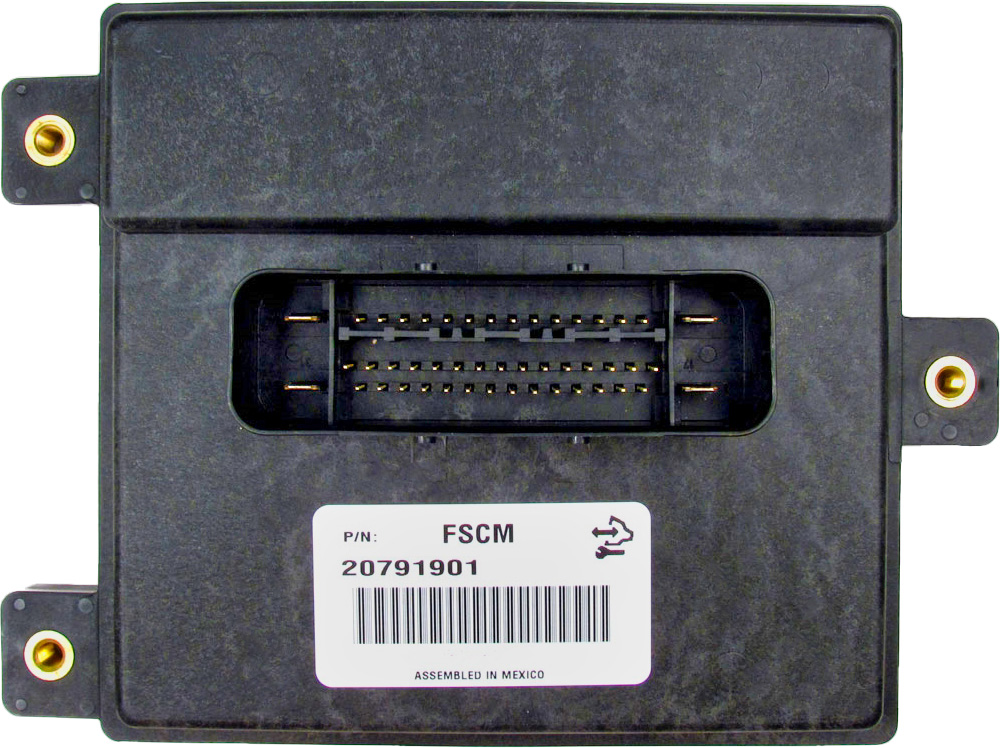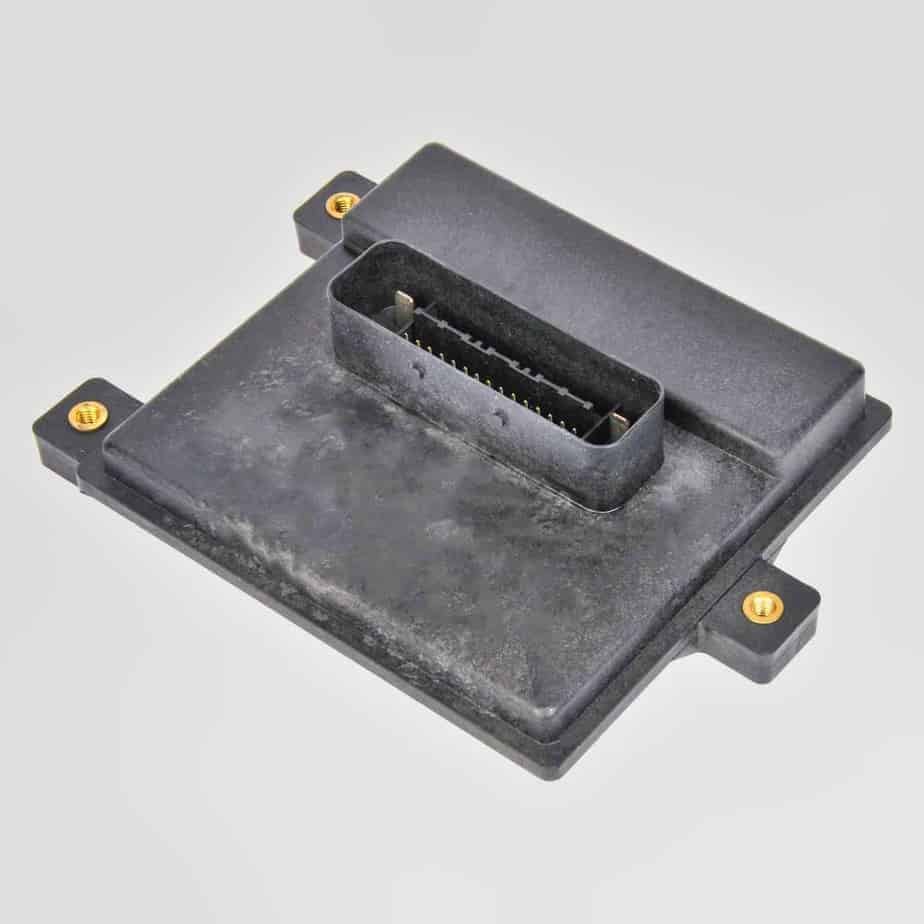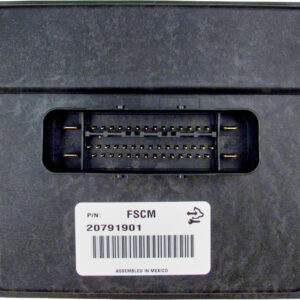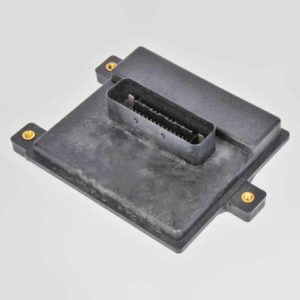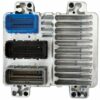Restore Your Vehicle’s Fuel System with a Plug-and-Play Solution
Is your Buick Enclave, or another compatible GM vehicle, suddenly stalling, refusing to start, or showing a “Reduced Engine Power” message? Before you condemn the fuel pump itself, the culprit is often the Fuel Pump Control Module (FPCM). In my 20+ years of diagnostics, I’ve seen hundreds of these modules fail, leaving drivers stranded. They are frequently mounted on the frame rail, exposed to road salt, water, and vibrations, which leads to corrosion and internal electronic failure.
This isn’t just a replacement part; it’s a complete, hassle-free solution. We take a brand new FPCM and program it with the latest GM software specifically for your vehicle using the VIN you provide. This means you can skip the expensive trip to the dealership for programming. This 2009 Enclave Fuel Pump Module arrives at your door ready for a simple, direct-fit installation, getting you back on the road with confidence and saving you significant time and money.
A Technician’s Notebook
I remember a 2008 Silverado that came into the shop on a tow truck. The owner said it would start fine, but would stall randomly in traffic—a dangerous situation. His local mechanic had already replaced the fuel pump, but the problem persisted. We put a fuel pressure gauge on it and saw the pressure fluctuating wildly before dropping to zero. A quick scan showed a P069E code. We traced it to a corroded FPCM on the frame rail. Instead of a complicated repair, we installed one of these pre-programmed modules. The truck fired right up, fuel pressure held steady at 58 PSI, and it never stalled again. It’s a textbook fix for a very common GM issue.
Is Your Vehicle Showing These Symptoms?
A failing FPCM can cause a variety of frustrating and intermittent issues. If you’re experiencing any of the following, this module is the likely solution:
- ✔ Engine stalls unexpectedly while driving or at idle.
- ✔ Vehicle cranks but refuses to start (no-start condition).
- ✔ Hesitation or stumbling during acceleration.
- ✔ “Reduced Engine Power” message on the dashboard.
- ✔ Check Engine Light with diagnostic trouble codes (DTCs) such as P069E, P0230, or P0627.
- ✔ A whining noise from the fuel pump, or no noise at all when the key is turned.
DIY Installation: Get Back on the Road Fast
Replacing the FPCM is a straightforward job for a DIY enthusiast or professional mechanic. No specialized programming tools are required since we do that for you.
- Safety First: Disconnect the negative terminal from your vehicle’s battery.
- Locate the Module: On most trucks and SUVs, the FPCM is mounted to the driver’s side frame rail, often near the spare tire. On other models, it may be in the rear or engine compartment. A quick search for your specific model will confirm its location.
- Disconnect and Remove: Carefully unplug the electrical connectors. Be gentle with the locking tabs, as they can become brittle. Then, unbolt the module from its mounting bracket.
- Install the New Module: Bolt the new, pre-programmed module into place. Firmly reconnect the electrical connectors, ensuring they click into place.
- Final Steps: Reconnect the negative battery terminal. Turn the key to the ‘On’ position for 10 seconds to allow the system to prime, then start the engine. Your vehicle should now run smoothly with stable fuel pressure.
Will This Fit My Vehicle?
This module is a direct replacement for part number 20759945 and is compatible with a wide range of GM vehicles. We confirm fitment with your VIN, but here is a general compatibility list:
- Acadia: 2009
- Avalanche 1500: 2008-2009
- Canyon / Colorado: 2009
- Enclave: 2009
- Escalade / ESV / EXT: 2008-2009
- Express / Savana 1500 Van: 2008-2009
- Hummer H2 / H3: 2008-2009
- Outlook: 2009
- Sierra / Silverado 1500 Pickup: 2007 (New Body Style), 2008-2009
- Sierra Denali: 2008-2009
- Suburban 1500: 2008-2009
- Tahoe: 2008-2009
- Traverse: 2009
- Vue: 2008-2009
- Yukon / Yukon XL 1500: 2008-2009
Note: This module is also a direct replacement for part numbers 13501024, 15213110, 20850907, 25785013, 25854536, 25866052, and 25967325.
Do I really need to provide my VIN?
Do I really need to provide my VIN?
Yes, providing your 17-digit Vehicle Identification Number (VIN) is essential. We use it to load the correct, factory-specified software and updates for your exact vehicle. This step is what makes the module a true plug-and-play part and ensures it communicates correctly with your vehicle’s computer systems.
Is this part difficult to install?
Not at all. For most DIYers with basic hand tools, this is a 30-minute job. The module is typically easy to access on the vehicle’s frame. Since we handle all the programming, the physical installation is just a matter of unplugging the old part and plugging in the new one.
What happens if I install a module that isn’t programmed?
An unprogrammed module will not work correctly. Your vehicle will likely not start, or it will run very poorly and set multiple communication error codes. You would then need to have the vehicle towed to a dealership or a shop with advanced scan tools to have the module programmed, defeating the purpose of a DIY repair.
Is this a new or used part?
This is a high-quality, new replacement part that has been programmed with the latest software from GM for your specific vehicle. It is guaranteed to meet or exceed original equipment performance.
